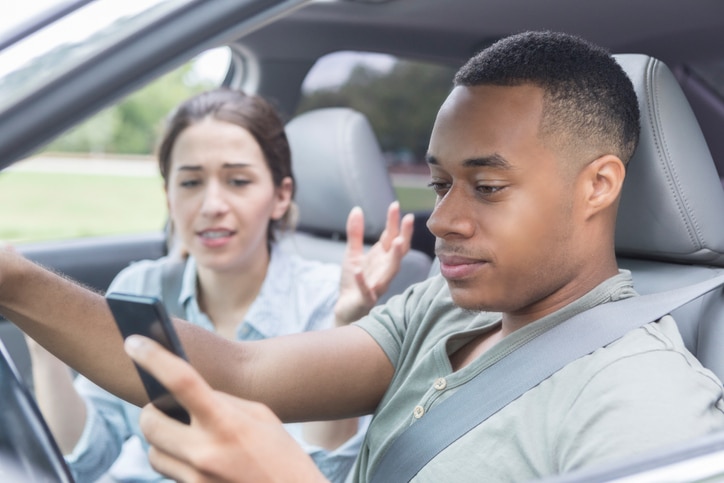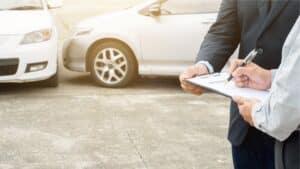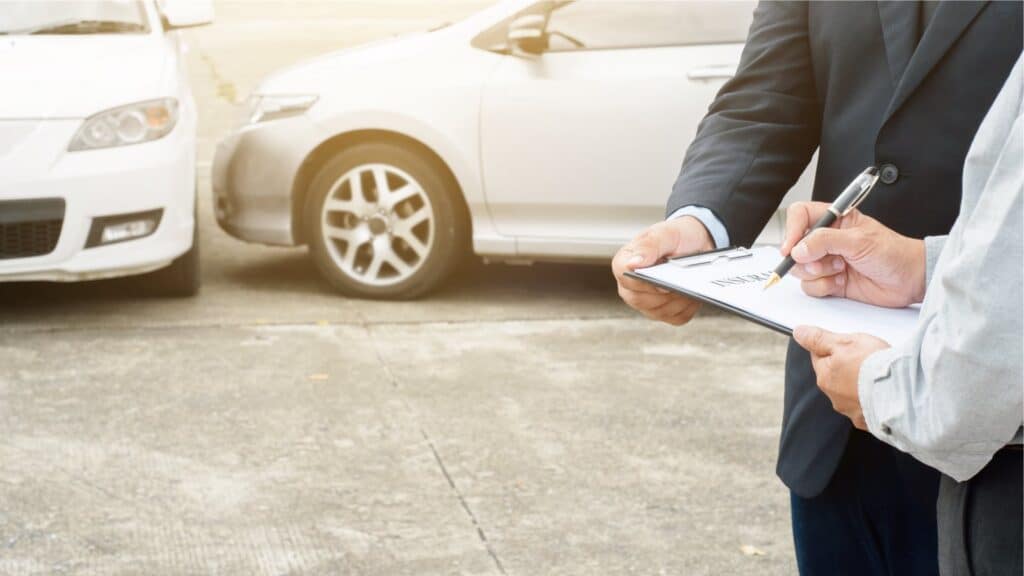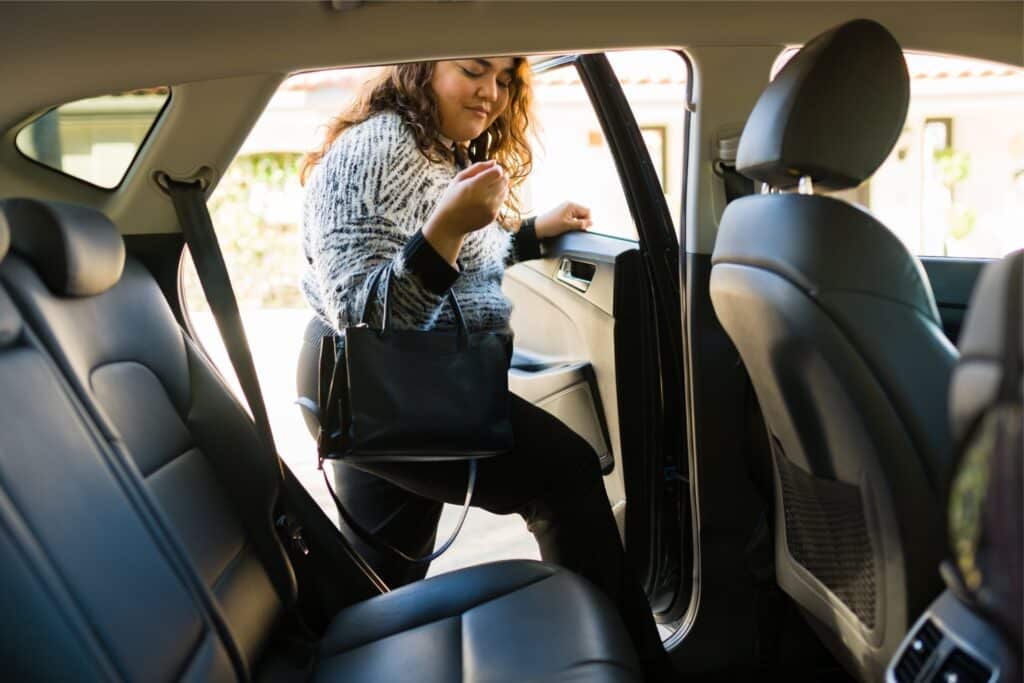
Distracted driving continues to be a growing threat to public safety, despite the known risks. Within the last year alone, around 57 percent of all crashes in the United States involved the use of a cellphone in the moments leading to impact. The majority of these distracted driving crashes involved a driver using a cellphone within five seconds before the crash. Due to the COVID-19 pandemic, the frequency of cellphone use has grown exponentially over the last year.
Far too many drivers are willing to take the risk of causing a crash just to check cellphone notifications, send text messages or browse the internet. This is unlawful in Oregon, yet the law only penalizes distracted drivers. It does very little to stop them. According to a survey conducted by online car dealership LeithCars.com, even complaints from passengers do very little to stop distracted drivers.
Which distracted drivers did passengers confront?
According to the survey, which involved more than 1,000 passengers, more than 97 percent of participants said they confronted a distracted driver. That includes:
- Friends – 67%
- Family members – 60.8%
- A significant other – 54.1%
- Co-workers – 15.2%
- Rideshare or cab drivers – 9.4%
Rideshare and cab drivers were the most likely to get defensive when called out for distracted driving. Family members and friends were the most likely to listen to passenger complaints, according to the survey.
What types of distractions were drivers confronted for?
The most common distractions involving cellphones included:
- Texting and driving – 52%
- Browsing the internet – 33%
- Taking pictures and videos – 17%
Not all distractions involved cellphones, however. For example, drivers were confronted by passengers for the following distractions:
- Turning around or reaching for items – 28.8%
- Daydreaming or looking out the window – 22.9%
- Adjusting a car stereo – 15.1%
- Steering with knees or legs – 14.7%
- Helping children/pets – 14.2%
- Taking care of personal hygiene – 13.6%
Other distractions that received fewer complaints included drinking and driving, falling asleep, smoking marijuana, eating, reading, changing clothes and crying.
What makes distracted driving so dangerous?
The reported number of distracted driving deaths in the U.S. (2,841 in 2018) is alarming enough. But these numbers don’t account for all distracted driving deaths. Moreover, roughly 400,000 injuries are estimated each year due to distracted driving. The true numbers are likely higher. That’s because not all distracted drivers leave behind physical evidence or admit to being distracted when they cause a crash. What’s even more shocking, distracted driving is such a widespread problem that you could be sharing the road with multiple distracted drivers at any given time.
When drivers are distracted, they often have very little time to stop or react to an impending crash. This is usually due to:
- Visual distractions – Eyes off the road
- Manual distractions – Hands off the wheel
- Cognitive distractions – Attention away from driving
Drivers have a duty to themselves and others on the road. If they don’t pay attention, and someone is injured as a result, they should be held accountable.
Were you or a loved one injured in a crash involving a distracted driver? If so, it’s critical that you speak to an experienced car accident lawyer who will uphold your rights and fight for fair compensation. Contact Zbinden & Curtis, Attorneys At Law in Portland online or call our law office to set up your free and confidential case evaluation.
This entry was posted on Tuesday, February 23rd, 2021 at 4:43 pm and is filed under Car Accidents. You can follow any responses to this entry through the RSS 2.0 feed. You can leave a response, or trackback from your own site.










